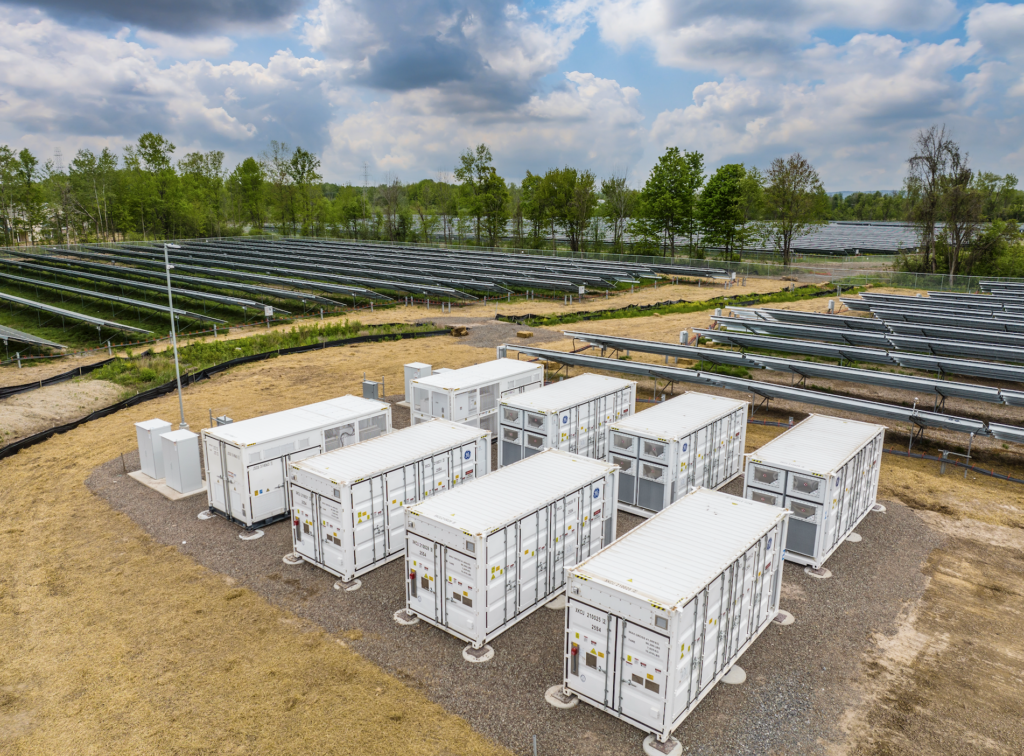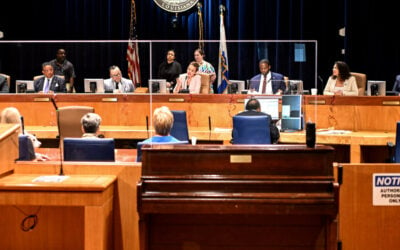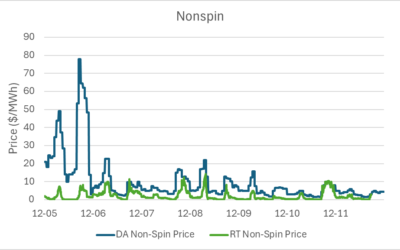
US Environmental Protection Agency (EPA) Administrator Lee Zeldin addressed fire safety concerns around battery storage installations at a press conference in Long Island, New York, earlier this week.
Zeldin spoke at the press conference in Hauppage, a hamlet on Long Island, on Monday (18 August), as the agency issued a set of new BESS safety guidance. The EPA claimed the guide represents the first comprehensive federal resource addressing the complete project lifecycle—from siting through emergency response.
Multiple towns in Long Island enacted moratoriums on energy storage by the end of 2024, following four energy storage incidents that, though minor, struck a chord with residents.
As Aaron Marks, energy storage consultant at Clean Energy Associates (CEA), explained in a guest blog for Energy-Storage.news, New York Governor Kathy Hochul created the Inter-Agency Fire Safety Working Group following these energy storage incidents.
Try Premium for just $1
- Full premium access for the first month at only $1
- Converts to an annual rate after 30 days unless cancelled
- Cancel anytime during the trial period
Premium Benefits
- Expert industry analysis and interviews
- Digital access to PV Tech Power journal
- Exclusive event discounts
Or get the full Premium subscription right away
Or continue reading this article for free
While the Group attempted to balance improving safety and addressing essential concerns from the incidents in its recommended fire code changes, which the state has since adopted, the moratoria continue.
As recently as April of this year, the Town Board of Oyster Bay on Long Island voted unanimously at a special meeting to extend a moratorium on BESS facility development for an additional six months.
According to Brian Cashion, director of engineering at Firetrace International, the fear of BESS projects catching fire often leads concerns from local communities, as noted in a guest blog for ESN.
As noted by the EPA’s BESS guidance, “Since 2020, BESS failure incidents have decreased, but some recent fires have gained attention in the media.”
Community members are concerned that BESS fires can cause toxic chemicals to leak into the air, affecting public health. The EPA addressed this concern, citing its work at the Moss Landing facility as an example.
“A joint effort among company personnel and the North County Fire Department kept the fire contained to one building, though with one notable flare-up. Air quality monitoring and sampling occurred during and after the fire and found no risks to public health. Following the incident, EPA continues to work with other regulators to ensure the safe storage, handling, and transportation of undamaged batteries remaining at the Moss Landing site,” the agency wrote.
There is a widespread call from the BESS industry for increased community engagement and coordination with local fire departments to ensure that fire incidents are properly addressed if they occur.
In a recent interview with ESN Premium, Arevon Energy CEO Kevin Smith discussed the importance of community engagement in developing BESS projects.
Smith said, “Our philosophy is to engage early and often with town officials, fire departments, and the local community. Some developers try to proceed quietly, hoping not to attract attention, but this approach can lead to misinformation spreading in the community. We prefer to be upfront.”
He addressed misconceptions around the safety of BESS by continuing, “There have been some higher-profile fires on battery storage projects; those are typically projects with older technologies. The other major point is that the technology has developed dramatically in terms of safety over just the last three to four years.”
These sentiments are echoed in the EPA’s BESS guidance, highlighting the importance of proactive safety measures to minimise risk and working with local emergency service providers to ensure they are adequately trained to handle fires at BESS facilities.
Administrator Zeldin said during the press conference, “We support local communities to have a say on whether or not they would like BESS facilities to be built in their neighbourhoods. At the very least, we want to provide all of the information we know on BESS to utilities, first responders, permitting bodies and any member of the public who wants to get better educated on this critical issue.”





